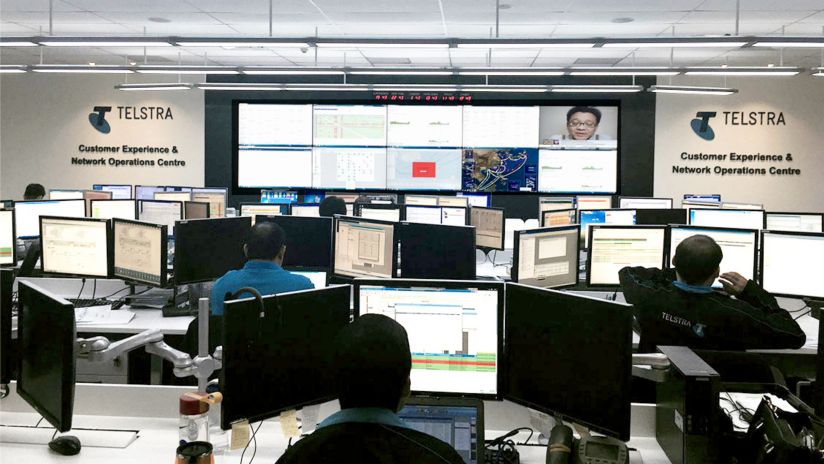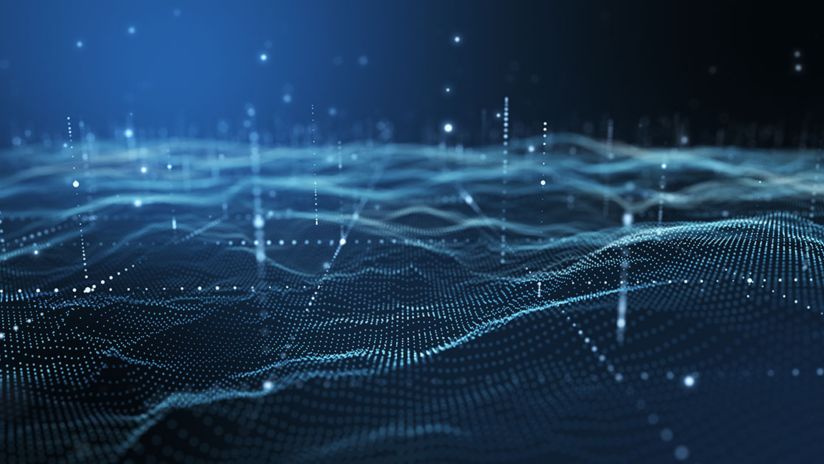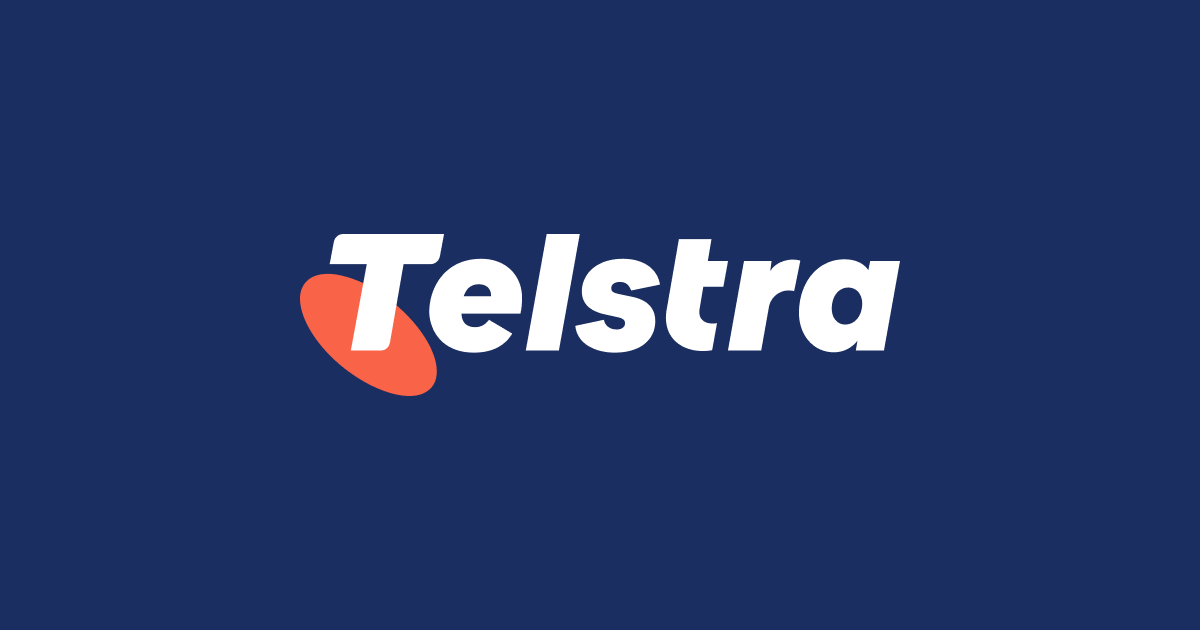The complexities (and quirks) of protecting our subsea cables

Despite the Asia Pacific region being one of world’s most treacherous environments for subsea cables, Telstra saw unplanned subsea network impacts reduce by more than 30 per cent last year – our lowest levels in a decade. A trend we have ambitions to maintain. We’re also proud to own one of the region’s most resilient undersea networks. Andy Lumsden, who leads Telstra’s international networks engineering and operations team, explains the quirks and complexities of why.
If I asked you to list the most important infrastructure for a growing economy, you might say: “Roads, railways, electrical grids.” If you look outside the window right now, you can see the impact of this infrastructure connecting people, moving goods, powering business. But what if you went a little deeper, literally? Increasingly, it’s the infrastructure people can’t see that’s powering our global economies.
The big three dangers
When most people think about the perils of the sea, they think about sharks, electric eels or perhaps Ursula from The Little Mermaid – my concerns are a little different. The waters in the Asia Pacific are particularly shallow, and the region where many of our cables sit is on the plateaux of the Pacific Rim fault. These shallow waters relate to the three main threats to our cables:
1. Holy ship
Anyone who has flown into Singapore or Hong Kong and looked out the window will have seen the spectacle of the mass of commercial vessels in these harbours. Container ships and oil vessels can stretch hundreds of meters long, but it’s their anchors – which can weigh tens of tonnes alone – that represent a significant danger to our cables. While there are strict shipping lanes and non-anchorage zones around cables, a combination of shallow water, high volume shipping and the large number of cables sharing seabed space is a risky business.
2. Fishing for trouble
Right now it’s fishing season in the northern regions of Asia. Picture this. Thousands of fishing vessels of all shapes and sizes set off at dawn, laser-focused on catching as many fish as possible. They’ll use stow net fishing, bottom trawling, long line fishing, drift net fishing… whatever necessary to catch the biggest load. It’s both some of these techniques (and illegal ones) and anchors that can get caught on and damage our cables. Pretty much as soon as the fishing season started this year, we had a cut to one of our cables. With less controls and mechanisms to track than larger commercial vessels, fishermen have become an increasing issue for cable operators.
3. Hell or high water
Natural disasters are the third of the big three dangers. The Asia Pacific’s proximity to the Pacific Rim fault line, also known as the Ring of Fire, means the region is prone to subsea earthquakes that can trigger subsidence and seabed shift. With our cables laid within the ocean floor, the sheer power of these events can damage and break our fibre.
What’s behind a resilient network?
Creating and protecting a resilient subsea network involves many things, from the optical transmission and IP network built on top of the cables, to how the cables are interconnected. For Telstra, the large scale of our network and on-going strategic investment to build our subsea footprint creates redundancy options in the Asia Pacific that other operators simply don’t have. But there are a number of things we have been leading in this space for a number of years.
Automatic Identification System
I mentioned the danger of giant anchors on commercial vessels earlier. We have responded to this through something called AIS, a ship’s Automatic Identification System. All vessels over a certain size must have a transponder on board. This emits a signal that identifies the ship, its speed and direction. We use a system to monitor where ships are, and if they’re close to one of our cables and look like they’re slowing down, we’ll contact the vessel to warn them they’re close to our cables and shouldn’t be stopping. Our team contacts about 30 vessels every month, particularly in Singapore. Since we’ve been proactive with AIS, we’ve seen incidents with commercial vessels decline by approximately 20 per cent. But it is not perfect, particularly when further out to sea, or during heavy weather when anchors can be deployed to slow a ship down.
Friends with the fisherman
The fishing industry in the Asia Pacific presents its own challenges – it’s a tough living being a fisherman, particularly for the smaller scale operations. To combat the risk these boats pose to our infrastructure, we had to think a little more laterally. And that’s where Telstra’s local teams from our regional operations and cable landing station come in.
Measure twice, cut once
While these measures have had an impact, the greatest resiliency comes from planning – which I realise sounds obvious. Avoidance is the best policy. Cables are buried at key points into the seabed, ideally (but not always possible) three metres down in waters less than a 1000 meters. But more than that, we use constant data and insights to inform our decisions.
Combining scale, technology and partnerships
Something that’s unique to Telstra is the scale of our underwater infrastructure – which brings further resiliency to our network. It means we have a repair ship 80 per cent dedicated to us. The size of our subsea network, combined with new technologies, has allowed us to create an intelligent network that is capable of remarkable things. We announced this week a new partnership with Ericsson and Ciena to deliver a continuous connection service on some of our busiest subsea cable routes in Asia. Through Ciena’s flexible programmable infrastructure technology and GeoMesh Extreme solution, we will be able to reroute customers impacted by potential damage to another subsea cable path on our network within 30 minutes.
By protecting our current infrastructure, drawing on our team’s depth of experience in planning, and working with our partners to bring the latest technology to increase the capabilities of our infrastructure, we are creating an increasingly resilient subsea network for our customers and end users. So whether that means uninterrupted Netflix or allowing trade on the stock exchange, we remain focused on continuously building redundancy and resiliency for everyone.


